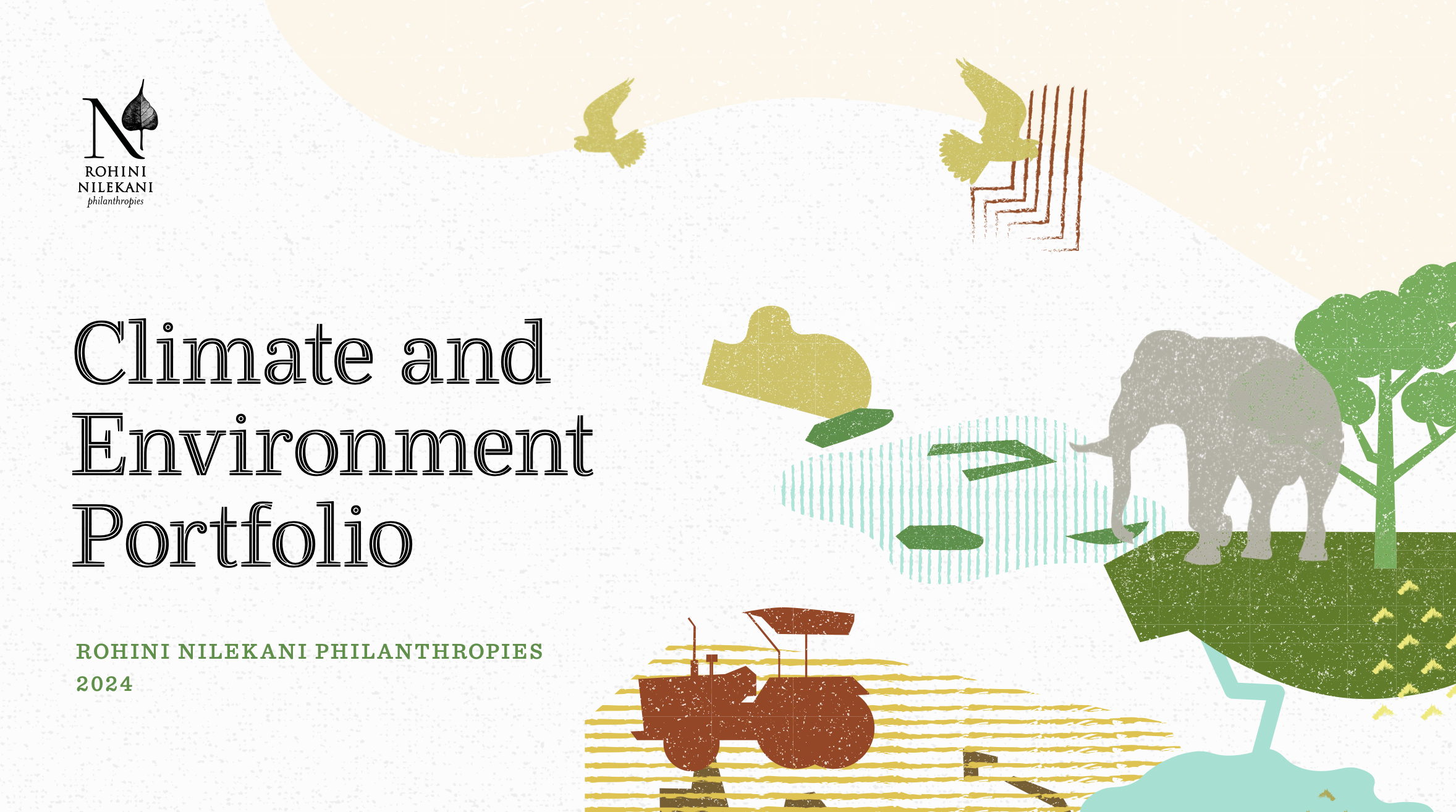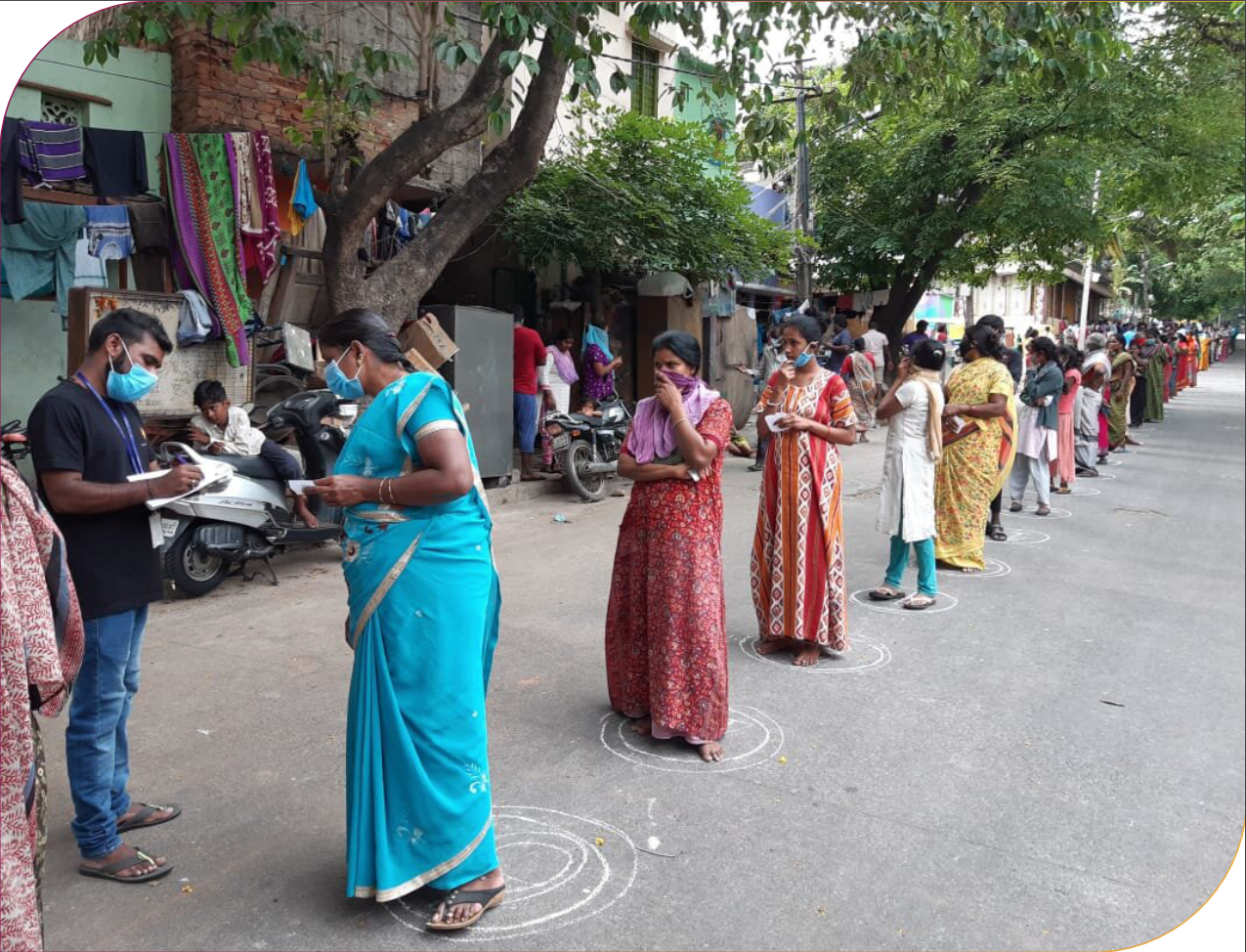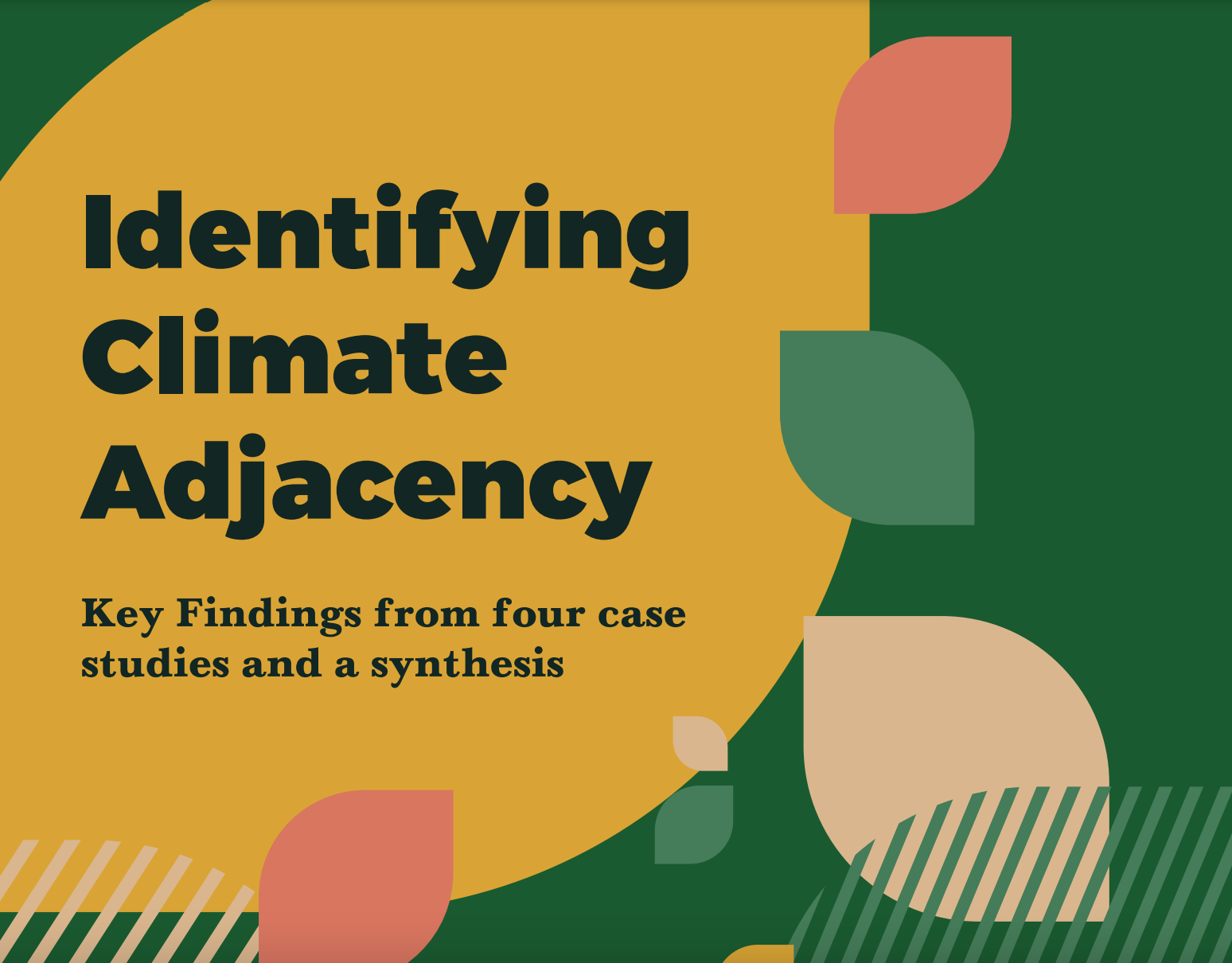Identifying Climate Adjacency – key findings from four case studies and a synthesis
Key Questions
- What are some of the linkages between climate change and projects with no outward climate change impact?
- Is there a causality between climate change adaptation and environmental conservation?
- How does environmental conservation impact the well-being of communities residing in these areas?
- What is the climate adjacency framework and how does it impact the environment, lives, and livelihoods?
Research partner: DESTA Research
Climate change, as a sector, is seen in isolation. To make people take cognizance of the climate linkages that exist across sectors and projects, Rohini Nilekani Philanthropies partnered with DESTA Research LLP to make these linkages explicitly clear. Through a series of workshops, DESTA helped field partners identify climate linkages in non-climate focused projects.
Now is the time for us to be creative in how we think about the intersections between the economy, society and the environment, because going back to a model that pits one against the other, is deeply problematic.
Mapping a project’s influence on the local ecosystem and livelihoods helped agencies understand how they related with the adaptive capacity of people to deal with climate change, reduced emission sources, or improved sequestration. Such mapping brought out the implicit connections between project work and climate change that existed in people’s minds more explicitly.
This report is the synthesis of that work, with broader implications for the climate space.
Key Takeaways
- Resilience for climate change cannot be developed in isolation. All local socio-economic, and ecological systems needs to work in cohesion.
- It is vital to map linkages between climate work and the entire ecosystem to map second and third order effects of climate change and conservation efforts.
- Climate change mitigation and adaptation cannot be seen as separate goals.
- Identifying mal-adaptations in the beginning is important to curb adverse effects of climate change.
- The nature of collective community action depends on individual aspirations and shared visions.
You may also want to read



